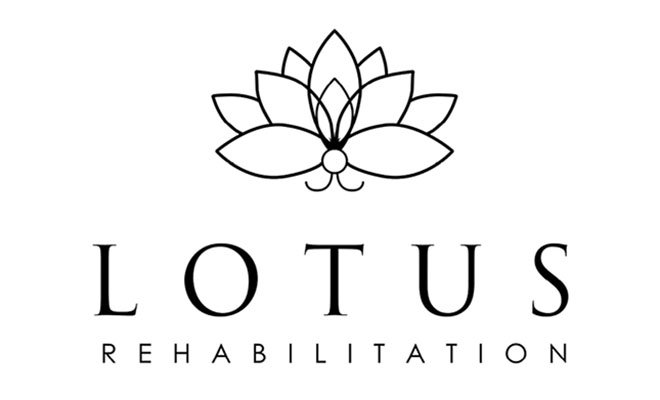Living With Lymphedema
 By Dr. Janelle Antonio, PT, DPT, CLT
By Dr. Janelle Antonio, PT, DPT, CLT
I love October as awareness is brought to early detection, treatment and research funding for breast cancer. We also need an increased awareness for survivors, on what is available for their ongoing lifetime support. I am specifically thinking of those that have been left to manage lymphedema after their treatments. Managing lymphedema can be overwhelming, and for some, just knowing there is a risk can weigh heavily on the mind. Empowering oneself with knowledge and the right medical support team can ease the burden though.
So who is at risk?
If lymph nodes have been removed or radiated during treatments for cancer, a risk for lymphedema is introduced. The risk is low though if you had a sentinel lymph node biopsy with only a couple of nodes removed, or if you had radiation alone. The risk increases as the number of nodes removed increases, or if you had both surgery and radiation. The targeted area and dosage of radiation also have an impact. So, your risk is as individual as your treatment plan.
Early signs and symptoms
Initial signs of lymphedema may include:
- Feelings of heaviness and fullness of the involved extremity or breast
- Rings, jewelry or shoes may not fit the same as previously
Many times, you will feel it, before it can be measured or visually seen. A feeling of heaviness can be the first sign! It’s important to seek help from a provider in this beginning stage to lessen the amount of treatment you’ll need.
If it is starting to become visual, a 3-step self-test in front of a mirror can help.
- Start by making a fist with both hands: Do you see your knuckles equally?
- Bend your elbows and point them forward to the mirror, do the contours of your elbows look the same?
- Keep your elbows bent and bring them outward into a T position, do your upper arms look similar?
What is treatment like?
There are a variety of interventions that can be combined to treat lymphedema. When seeking treatment, ensure that your practitioner has the specialized training to best treat you. You’ll see CLT or CMLDT after their name, in their credentials. Your therapist will determine what should be included in your treatment plan: bandaging, a pneumatic compression pump, lymphatic drainage massage, exercise and garments. Some people need all, some people need just a few of these interventions. This is your body, and you have a say as well. Don’t avoid therapy if you are nervous about one of the interventions listed! You and your therapist can decide together what is best for you. Lymphedema treatment consists of Phase 1 and Phase 2. Phase 1 is to reduce the edema (swelling) in the arm. Once it’s reduced, Phase 2 is started and this focuses on keeping it out!
Compression garments are not intended to move edema out of the arm! They are made to prevent fluid from coming back in! They are ordered in the second phase of treatment. Many times, I will hear of people buying garments such as compression socks or arm sleeves to push fluid out instead of going to therapy, but the garments should be used AFTER the edema is reduced. There are a lot to choose from and working with a CLT can help you find the right choice for your body!
Lifetime management
After you have done all this great work in therapy, it’ll be time for you to manage on your own. You’ll have all the tools you need and should feel good at this point! It’s not always the case though and some may benefit from being followed by a therapist for extra support. As I started my own practice, I wanted to do things differently, to offer my patients support over a longer continuum. Previous patients had felt empowered and ready to manage their lymphedema on their own, but I would so commonly hear them say the following. “I just wish I could continue to get lymphatic drainage by you! It just seems to work so much better than when I do it on my own.” Now that I am no longer bound by insurance that would limit my ongoing care, I can meet patients where they are, based on their needs. Most commonly, patients benefit from lymphatic drainage massage to complement their home management. As a CLT, I can also discuss any changes that may come about, add back in other treatments if an exacerbation of edema occurs and answer any questions about self-management so that no one feels alone in managing this condition.
Bio
Dr. Janelle Antonio is the owner of Lotus Rehabilitation, and has built a practice around helping women to feel in control of their body, and to feel their best. She was born and raised in Delaware. She obtained both her undergraduate and Doctorate of Physical Therapy degrees at the University of Delaware. In 2009 she obtained her board certification in orthopedics. She is also a Certified Lymphedema Therapist and a Prenatal and Postpartum Corrective Exercise Specialist.
Her areas of specialization include but are not limited to: Lymphedema management and rehabilitation of patients: undergoing oncologic treatments for breast and head & neck cancers, and after liposuction and cosmetic procedures; pelvic floor therapy, prenatal and postpartum therapy.

www.lotus-rehab.com 302-598-8592
226 West Park Place, Suite 12, Newark, DE 19711
Services Include:
•Rehabilitation and lymphatic drainage post cancer treatments
•Pelvic floor therapy
•Pregnancy and postpartum therapy
•Lymphatic drainage after cosmetic surgery

